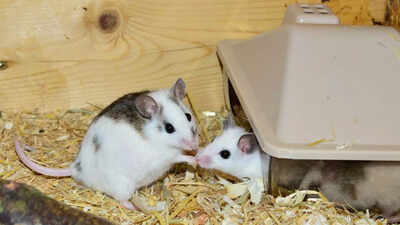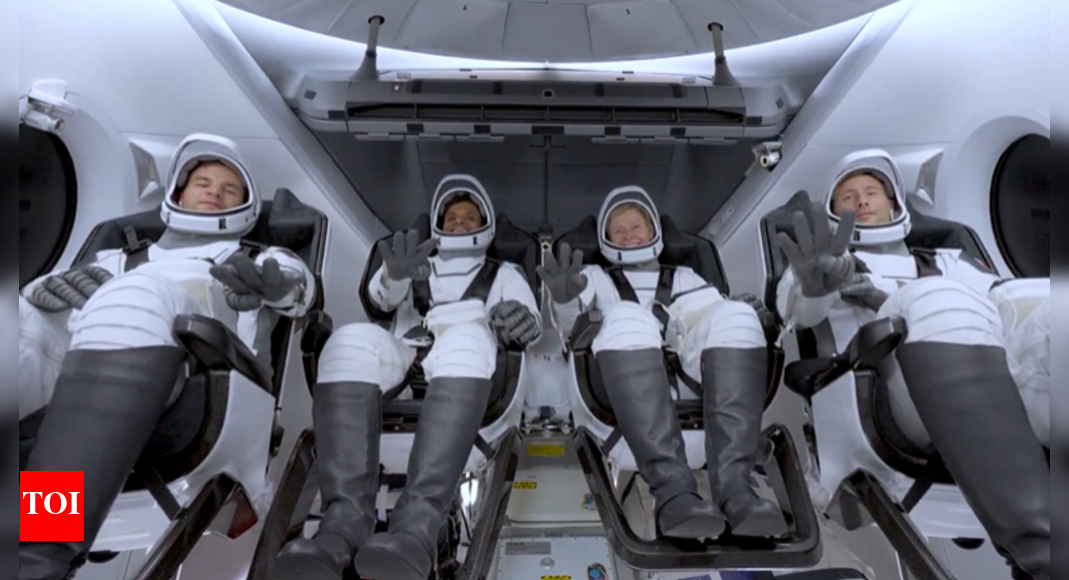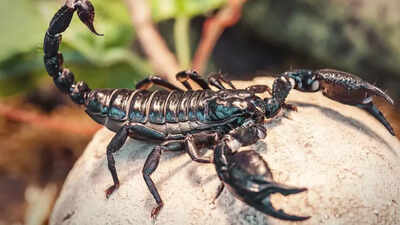Scientists have achieved a breakthrough in reproductive technology by successfully breeding normal, healthy, and fertile motherless mice using DNA from two sperm cells: no egg, no female DNA. This work is part of a broader effort to understand the advantages and disadvantages of same-sex parenting and represents a significant leap in the field. Remarkably, the motherless mice survived to adulthood, but also reproduced, demonstrating their fertility.This finding could enhance our understanding of genetic inheritance and may eventually enable the use of epigenetic programming. The paper presents compelling evidence for the future possibilities of assisted reproduction through epigenetic techniques. Ongoing research in this area opens new avenues for exploring same-sex reproductive patterns, with potential applications in biomedicine and beyond. This breakthrough significantly expands our options for creating fertile offspring.
Breakthrough in same-sex reproduction: Healthy mice born from dual sperm DNA
According to the study, published in the journal Nature, the researchers were able to breed healthy and fertile mice using DNA from two sperm, and this was achieved through epigenetic programming. Unlike previous attempts, which resulted in weak or short-lived offspring, this study yielded viable pups. The scientific demonstration involved the targeted editing of methylation using epigenetic programming, meaning that the changes do not affect the underlying DNA sequence.
Advancements in reproductive science
Scientists have previously created mice with two biological fathers using complex genetic engineering. They overcame biological barriers using CRISPR-Cas editing to reprogram DNA methylation, enabling the birth of healthy mice. Out of 250 embryos, three pups survived, with two remaining healthy and fertile. This breakthrough highlights the crucial role of imprinting in reproduction and demonstrates that scientists have found a way to overcome obstacles in biology that were thought to be impossible to overcome.
Caution advised for human applications
Following the groundbreaking discovery of two sperm breeding mice, the team is actively trying to replicate this with human cells, but there are still many challenges to overcome, especially in terms of safety and clinical application.Scientists caution that translating this work directly to humans won’t apply due to the low success rate, the need for numerous eggs and surrogates, and the ethical concerns. However, the study brings us closer to understanding genomic imprinting, which could contribute to our understanding of infertility, embryo development, and animal conservation.Also read | 100-million-year-old dinosaur eggs recovered in Jurassic America






